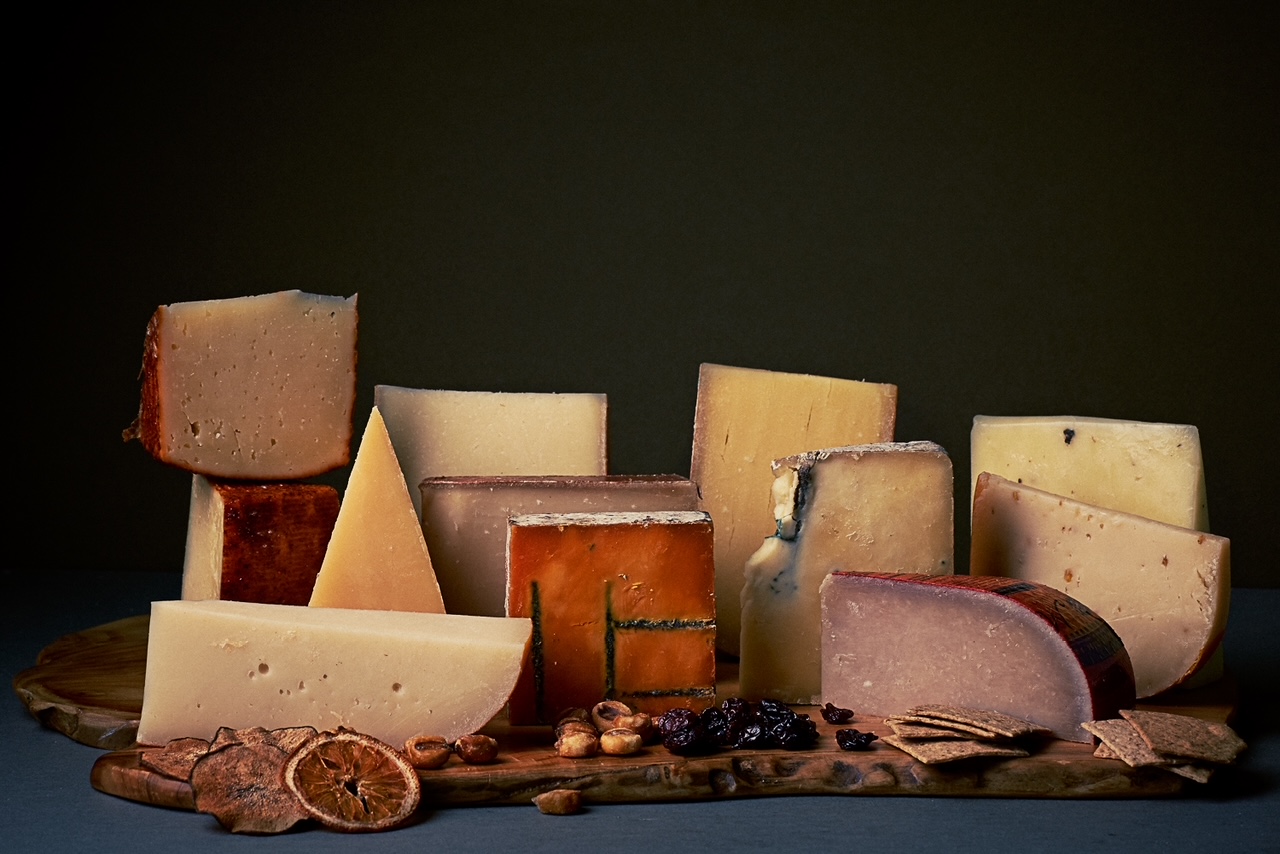
After getting Lyme disease during his service in the Marine Corp, Pasturebird founder Paul Greive began managing his health by paying more attention to how he ate and how his food was produced. It was easy to find organic fruits and vegetables and grass-fed beef, but he struggled to source pasture-raised chicken.
“We were joking around about getting some chickens for my in-laws’ backyard, out in a rural part of southern California,” says Greive. “My brother-in-law left the room and came back about 15 minutes later and said, ‘Hey guys, I just ordered 50 baby chicks, they’re going to come in two weeks and we can raise them for our family.’”
From that initial flock of chicks that arrived in 2012, the family hobby grew into a thriving business. Today, Pasturebird can raise over 200,000 chickens at any given time on their five farms in Georgia. (The company was founded and remains headquartered in California’s Temecula Valley, but production shifted to Georgia a few years ago to reduce land and irrigation expenses.)
Pasture-based agriculture isn’t a recent innovation, but Pasturebird’s approach is a novelty for a large U.S. poultry farm. “Whether it’s free range or organic or cage-free, any label that you can look at, those animals are always stationary in a modern system,” says Greive. “That’s why I say we’re different from how 99.9% of the nine billion chickens raised for meat in the United States are raised.”

Pasturebird chickens spend the majority of their time foraging in floorless, solar-powered mobile coops that Greive compares to portable shade structures. Every 24 hours, each 7,500 square-foot coop rolls 50 feet to a new location so that the chickens can enjoy fresh pasture. “They’re getting those grasses, bugs, seeds, worms, the healthy diet they need. And then they’re able to poop on that ground and fertilize it without having to live on it. It’s almost like plumbing,” he says.
“What people have forgotten in modern Western farming is that plants feed animals but also animals are intended to feed plants,” Greive says. “It’s regenerative agriculture: leaving it better than we found it, building up that soil year after year…All the ratios of birds per square foot, and how long the rest time is, everything about that setup is calculated for the land to get maximum benefit.” He explains that it takes 90 days for a coop to return to its starting position, enough time for the manure to be fully incorporated into the soil and for the grass to regrow.
Pasture-raised chicken doesn’t just benefit the land — it’s also a tasty alternative for consumers. “When the birds are raised exercising and eating a mixed diet, not just eating corn and soy and living in one spot, I think there’s a depth of flavor that comes through that’s really, really special,” says Greive. He notes that Pasturebird’s chicken is more nutrient-dense than conventionally raised poultry, with lower levels of saturated fat and higher levels of omega-3 fatty acids, vitamin A and vitamin E.

Although chefs give Pasturebird rave reviews, Grieve’s favorite feedback comes from customers who grew up outside the United States. “It’ll be someone in rural Mexico or Eastern Europe or Greece, on a farm with traditional foods,” he says. “They’ll say, ‘My grandma tried the chicken and she said she hasn’t had chicken that good since she moved from Israel’ or wherever they moved from.”
Pasturebird chicken can be purchased at select grocery stores as well as from the company’s website. Grieve also encourages people to visit getrealchicken.com to find local pasture-raised chicken.
“Pasturebird is part of a movement. We love it when people support us, but there’s lots of really good pasture-raised farms out there,” he says. “There’s nothing more powerful than voting with your dollar, and I would love to see people supporting their local farms as much as possible too.”
NEXT ON THE DISH








